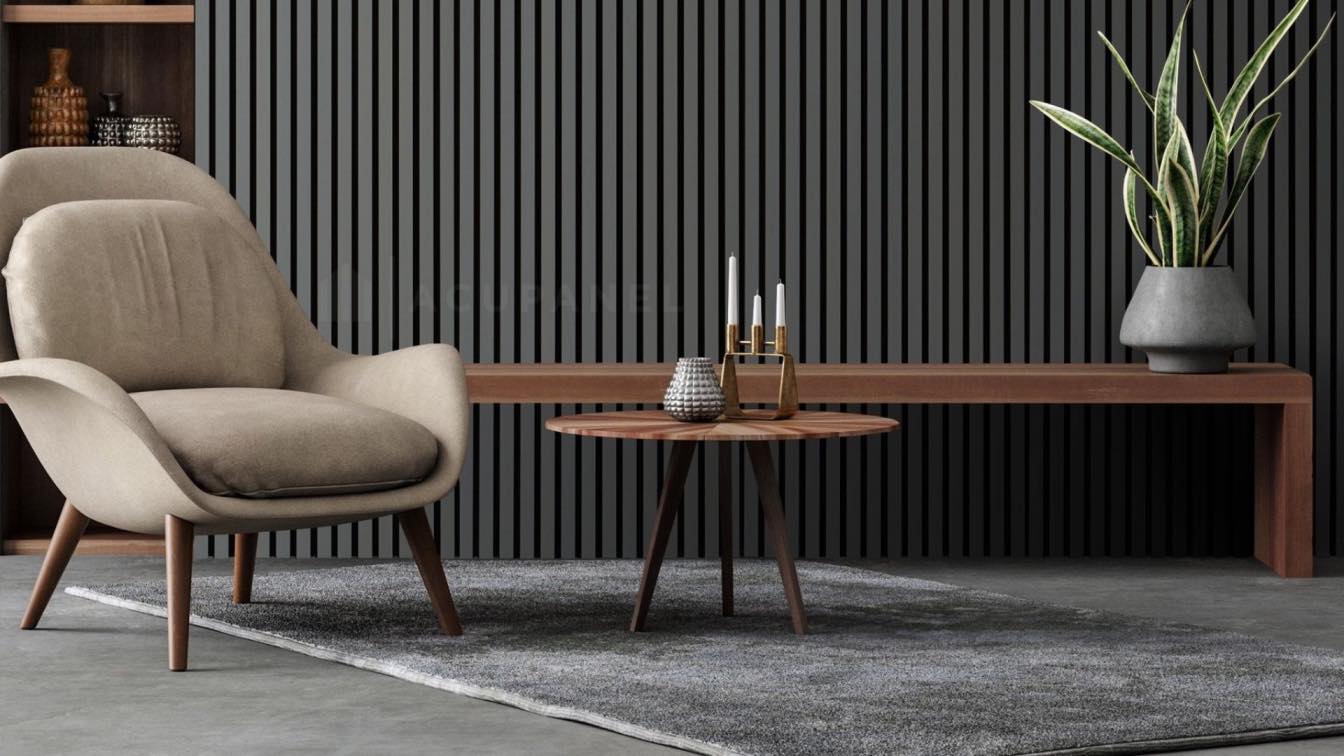Creating the perfect in-home sauna retreat is an art that combines the serenity of design with the technicalities of architecture. It's about crafting a space that not only soothes the body but also the soul, providing a sanctuary within the comfort of one's own home. From the natural ambiance of cedarwood and stone to the integration of natural light and rustic elements, every aspect of a sauna's design contributes to the ultimate relaxation experience. This guide will explore the key elements in designing a home sauna that is both a visual delight and a haven for wellness.
Understanding the Basics of Sauna Design
When considering the addition of a sauna to your home, it's important to understand the different types of saunas available and how they might fit into your space and lifestyle. Some popular options include:
- Wood-burning saunas provide a traditional experience with the distinct aroma of burning wood.
- Electric saunas are known for their ease of use and consistent temperatures.
- Infrared saunas use radiant heat to warm the body directly rather than heating the air.
- Steam saunas, also known as Turkish baths, offer a humid heat experience.
- Shower-attached saunas are a convenient option for those with limited space.
Each type of sauna offers a unique set of benefits and considerations. For instance, wood-burning saunas require a chimney and are ideal for those seeking an authentic sauna experience. Electric saunas are more suitable for indoor use and require less maintenance. Infrared saunas are celebrated for their health benefits, such as improved circulation and muscle relaxation. Steam saunas are perfect for those who prefer more tropical heat and can be combined with aromatherapy for an enhanced experience. Lastly, shower-attached saunas are a space-saving solution that can easily integrate into an existing bathroom layout.
Key Considerations for In-Home Saunas
When planning your ideal home sauna, it's essential to consider both the aesthetic and functional aspects to create a personal retreat that meets your needs. Start by selecting the right materials; cedarwood is a popular choice for its durability and soothing aroma, contributing to a serene cedarwood sauna experience.
- Location is key. Whether nestled in the Vietnamese countryside or integrated into a modern mountain home, the setting should enhance the sauna's ambiance.
- Consider the source of light. Natural light can transform a rustic bathroom into a bright, inviting space, while strategic artificial lighting can set the mood for relaxation.
- Storage solutions like wicker baskets can add a rustic touch and keep the space tidy, ensuring a clutter-free environment.
- A wood vanity with a marble countertop can elevate the design, adding a touch of luxury to the sauna space.
The ultimate in-home sauna harmonizes with its surroundings, providing a seamless transition from the hustle of daily life to a sanctuary of relaxation and wellness.
Integrating Saunas into Home Architecture
Incorporating a sauna into home architecture not only enhances wellness but also adds a luxurious touch to your living space. Explore the creative ways to integrate saunas seamlessly into different home styles, ensuring functionality meets elegance.
Indoor vs. Outdoor Sauna Placement
Choosing between an indoor and outdoor sauna placement is a critical decision that can significantly affect the sauna experience. Indoor saunas offer the convenience of accessibility and can be integrated into existing structures, such as basements or bathrooms. They provide privacy and year-round use regardless of the weather conditions. On the other hand, outdoor saunas can be a standalone feature or an extension of a home, offering a more authentic experience and connection with nature.
When considering an outdoor sauna, one might envision a compact outdoor sauna with features such as thermally modified spruce cladding and LED lighting, which can enhance the overall ambiance. The inclusion of premium accessories and a heater guard can elevate the sauna experience, although it's important to note that the sauna heater is often sold separately.
The choice between indoor and outdoor placement should align with the homeowner's lifestyle, space availability, and personal preferences for the sauna experience.
For those who prefer the tranquility of nature, an outdoor sauna can serve as a sanctuary, with the potential to incorporate natural elements like stone and cedarwood. This can create a serene retreat that resonates with the soul. Meanwhile, indoor saunas can be customized to match the home's interior, ensuring a seamless aesthetic flow.
Architectural Styles and Sauna Design
The integration of saunas into home architecture requires a thoughtful approach that respects both the functional needs of a sauna and the aesthetic of the existing home. Architectural styles can greatly influence the design of your in-home sauna, whether it's a sleek, modern look or a more rustic, traditional feel. For instance, a cedarwood sauna can offer a retreat that not only provides relaxation but also complements a home with naturalistic elements.
- For a modern home, consider clean lines and minimalist features that echo the home's contemporary design.
- Traditional homes might benefit from the use of natural materials like stone and wood, creating a cozy and inviting space.
- Incorporating local architectural elements can help the sauna blend seamlessly with the surrounding environment, as seen in the Hudson Valley cabin sauna topped by viewing platforms.
The choice of materials and design details are crucial in creating a sauna that feels like a natural extension of the home. It's about crafting a space that is both a sanctuary for wellness and a harmonious addition to the home's character.
Designing the Ultimate Sauna Room
In the journey of crafting the perfect in-home sauna retreat, interior design plays a pivotal role in achieving a sanctuary of tranquility. Natural materials are essential, as they not only embody the essence of nature's embrace but also promote a calming effect. Incorporating elements such as wood and stone can create a harmonious balance, reminiscent of a rustic charm that invites relaxation.
This guide emphasizes the importance of a textural symphony within the sauna space. A captivating combination of warm wood walls, cool stone flooring, and additional features like rustic pendant lighting can inject warmth and character, transforming the room into a retreat for the soul.
To enhance the sense of luxury and comfort, consider these design elements:
- Soft lighting sets a serene mood
- Plush towels and area rugs for a touch of softness
- Ergonomic seating for prolonged relaxation
Remember, the goal is to create an environment that not only soothes the body but also calms the mind, making every sauna session a holistic experience.
Custom Features to Enhance the Sauna Experience
To elevate the in-home sauna beyond the ordinary, consider integrating custom features that cater to both aesthetics and functionality. Aromatic cedar wood lining not only infuses the space with a soothing scent but also enhances the overall ambiance with its warm, natural tones.
- A seamless transition from cool stone flooring to the warmth of wood creates a textural symphony that delights the senses.
- Incorporate rustic pendant lighting to add character and a soft glow that complements the tranquil environment.
- For a touch of luxury, consider a marble shower adjacent to the sauna, allowing for an invigorating cool-down after the heat.
The inclusion of wicker baskets for storage and a wood vanity with a marble countertop can complete the spa-like experience, ensuring that every detail contributes to a serene retreat. Customization extends to the exterior as well, where features like a private roof deck or jacuzzi can transform the sauna suite into an ultimate getaway.
Practical Aspects of Sauna Installation
Installing a sauna in your home involves a range of practical considerations that are essential for ensuring safety, effectiveness, and user satisfaction. From choosing the right location to understanding the necessary ventilation and selecting suitable materials, each aspect plays a pivotal role in the sauna's functionality.
Building Requirements and Regulations
When designing an in-home sauna, it's crucial to be aware of the local building requirements and regulations that may affect your project. Each jurisdiction has its own set of codes and standards, which can include specifications for electrical wiring, ventilation, and fire safety.
- Ensure compliance with electrical codes for proper sauna heater installation.
- Verify ventilation requirements to maintain air quality and prevent moisture damage.
- Adhere to fire safety standards, including the use of non-combustible materials and proper insulation.
It is essential to consult with a local building inspector or a licensed architect early in the planning process to avoid costly mistakes and ensure that your sauna meets all necessary legal requirements.
Failure to comply with these regulations can result in fines, the need to redo work, or even the closure of your sauna. Therefore, it's not only about design and comfort but also about ensuring that your sauna retreat is built to last and is safe for all users.
Maintenance and Upkeep
Proper maintenance is crucial for the longevity and performance of your in-home sauna. Regular cleaning is essential to prevent the buildup of bacteria and ensure a hygienic environment. Here are some key steps to keep your sauna in top condition:
- Wash yourself before entering the sauna to minimize contaminants.
- Always use towels on the bench to absorb sweat and protect the wood.
- After each use, brush the sauna to remove any debris or residue.
- Leave the door open after use to allow for proper ventilation and drying.
- To prevent scale buildup, avoid using hard water to clean the sauna.
Ensuring these practices are part of your routine will greatly reduce the need for repairs and can extend the life of your sauna. Regular checks of the heating elements and ventilation system are also recommended to address any issues promptly.
Conclusion
In crafting the perfect in-home sauna retreat, architects must blend functionality with tranquility, creating a space that not only meets the technical demands of sauna design but also provides a sanctuary for relaxation and rejuvenation. From understanding the various types of saunas and their specific in-home considerations to integrating these wellness spaces into the architectural fabric of a home, the journey to designing the ultimate sauna room is both an art and a science. It involves careful planning of the interior for optimal relaxation, the addition of custom features to enhance the experience, and adherence to building requirements and regulations. Moreover, the maintenance and upkeep of the sauna ensure its longevity and performance. Ultimately, the health and wellness benefits of saunas, including physical health improvements and mental stress relief, underscore the importance of these personal retreats. As we've seen through various examples, whether it's a serene cedar sanctuary or a rustic bathroom with natural light, the perfect in-home sauna is a retreat for the soul, a place where one can unwind and reconnect with oneself in the comfort of their own home.





